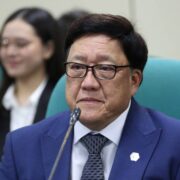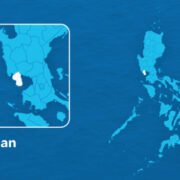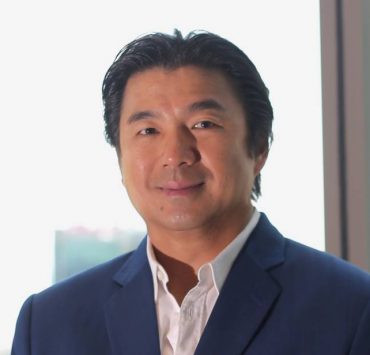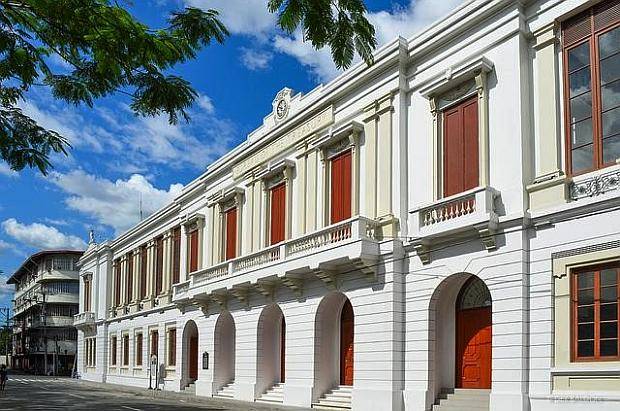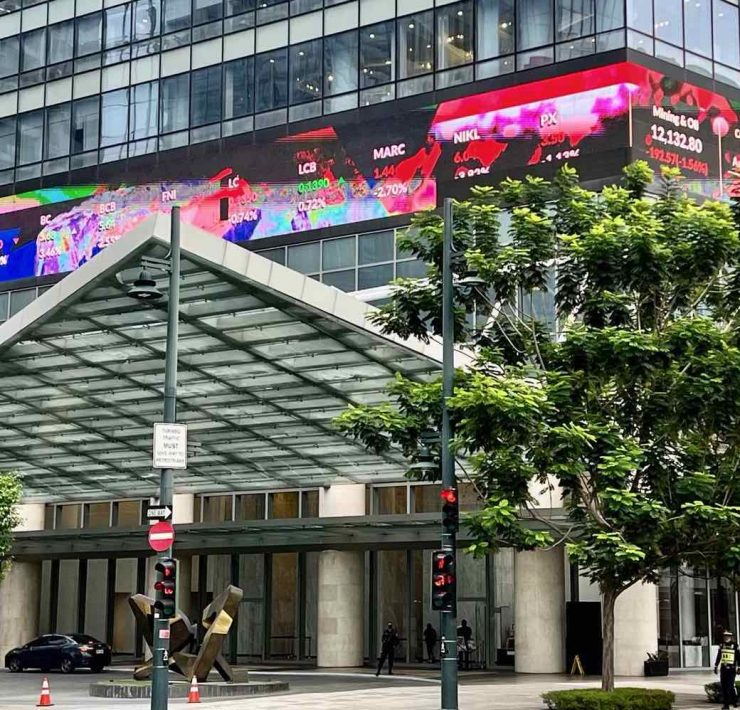Poll: Faster 5.9% PH GDP growth seen in Q1
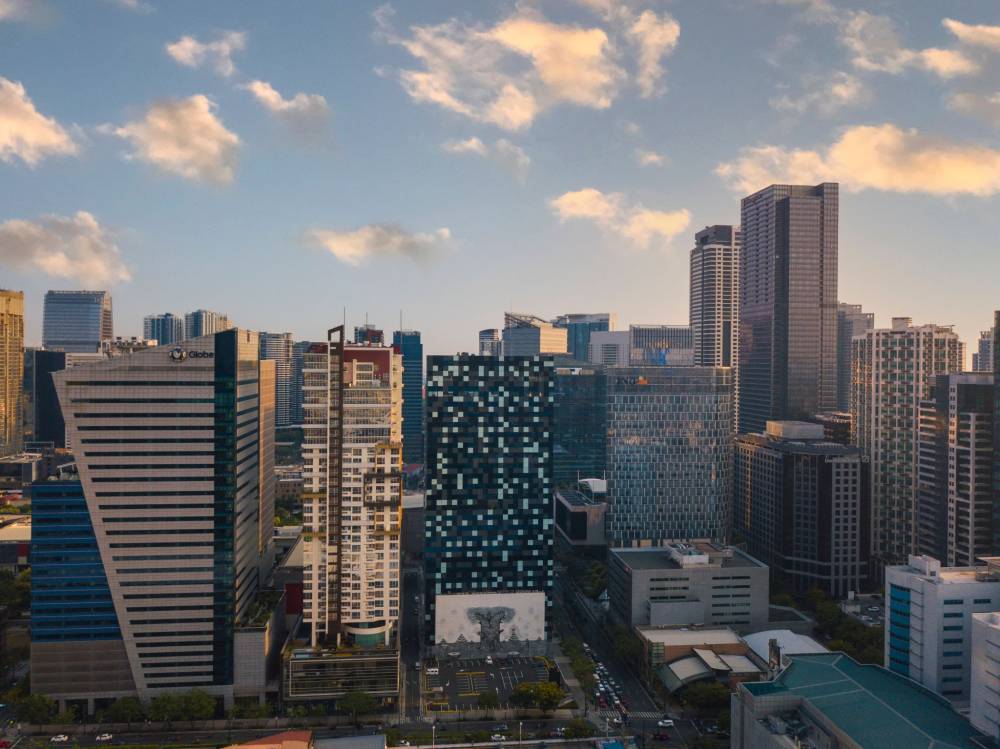
The Philippine economy might have grown at a faster clip in the first quarter despite the tariff-induced external headwinds, as growth drew most of its strength at home amid benign inflation that boosted consumer spending.
Gross domestic product (GDP), or the sum of all products and services created within an economy, might have expanded by 5.9 percent in the three months ending in March, based on the median estimate of 12 economists polled by the Inquirer.
If realized, the figure that the Philippine Statistics Authority (PSA) will report on May 8 would be faster than the 5.2-percent expansion seen in the fourth quarter of last year. It would also be quicker than the 5.8-percent growth recorded in the same period in 2024.
But the median estimate suggested that GDP growth in the first quarter might have fallen short of the Marcos administration’s target of 6 to 8 percent.
The economists’ forecasts varied wildly.
But all of them agreed that consumer spending—which historically accounted for around 70 percent of GDP—was the main source of growth last quarter.
Purchasing power
Analysts said a benign inflation that allowed the Bangko Sentral ng Pilipinas (BSP) to cut borrowing costs perked up household consumption at a time when threats of sweeping US tariffs were inviting a global recession. Filipino consumers also caught the tailwinds from employment gains and sustained remittance inflows.
“Faster disinflation due to deepening rice deflation boded well for broad purchasing power gains during the period,” said Ruben Carlo Asuncion, chief economist at Union Bank of the Philippines. He expected GDP growth in the first quarter to have settled at 5.7 percent.
Reinielle Matt Erece, an economist at Oikonomia Advisory & Research Inc., shared the same view, but added that government spending ahead of the midterm elections also supported the economy.
“This first quarter recovery is expected as fiscal efforts increased to support growth, as seen with higher infrastructure spending. Higher government spending is also expected as an effect of the election season,” said Erece, who also penciled in a 5.7 percent growth.
Tariff shock
But it does not mean that the shock from President Donald Trump’s threats of higher tariffs on America’s major trading partners was not felt by the Philippines. While a modest growth in exports helped boost GDP in the first quarter, imports likewise surged as local manufacturers front-loaded their purchases ahead of the tariffs.
“Accordingly, we forecast the drag from the ‘net exports’ component to have widened,” said Sanjay Mathur, chief economist for Southeast Asia at ANZ Research. He expected growth to have eased to 5.1 percent last quarter.
Moving forward, UnionBank’s Asuncion said more rate cuts were needed to defend the economy from the global tariff onslaught.
“Amid persistent global trade uncertainties, the question is whether the expected first quarter GDP growth is the best we can attain for the year,” he said.
“We hope to see more BSP rate cuts that will mitigate the high real interest rate setting, and bolster growth resiliency amid Trump 2.0 tariff hikes,” he added.





